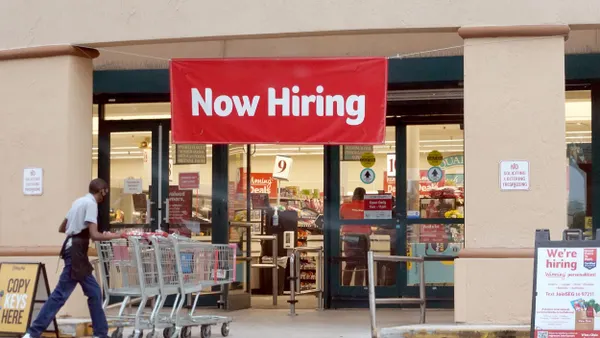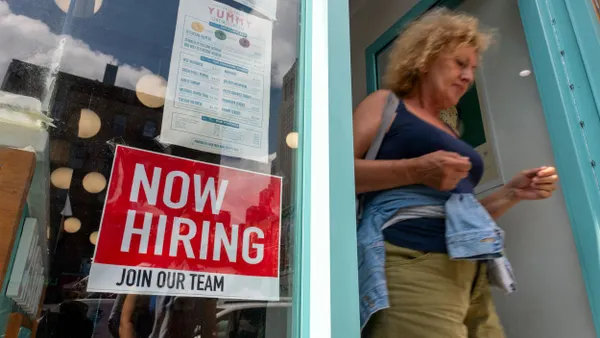Everything regarding talent hangs in the balance these days, from retention to recruitment. Many HR professionals have been throwing different techniques at the wall to see what sticks. One avenue HR departments may not be thinking about are job fairs. As omicron ramps up, in-the-flesh fairs with brochure-filled booths, winding lines and craned necks aren’t on the agenda for many. But virtual job fairs continue to be popular heading into 2022, a year projected to be significant for recruiting.
In a 2022 hiring trends report by LaSalle Network, 63% of respondents said their business experienced more turnover in 2021 than other years on average. In response, 73% of companies surveyed said they’re looking to add to their headcount in 2022. In particular, 33% of respondents said they’re looking to fill more customer service roles; 32% of employers said they’re looking to fill accounting and finance roles; 31% were looking to fill roles in IT, and 30% and 29%, respectively, were looking to fill sales and marketing positions.
About 40% of companies surveyed said they were planning to grow their workforce by more than 10%.
The virtual job fair, while perhaps underrated, could be a useful tool for that growth. Scott Lobenberg founded JobFairX in 2017, a hiring events company which naturally transitioned to hosting virtual events exclusively when the pandemic hit. As of 2022, the job fair company is slated to host 500 events in major cities including Los Angeles, Dallas, Houston, Austin, Miami and New York City., Texas, Virginia, New York and Florida.
How it works: Job seekers schedule interviews and do interviews with their potential employer virtually — with a post-event report for both parties folded into the process. "The response has been great," Lobenberg told HR Dive via email. "We average 30-plus employers at each event and our job seeker attendance is up 63% since going virtual. It is more convenient [this way] vs. driving to the venue, paying for parking, waiting in line, et cetera."
Christine Cruzvergara, chief education strategy officer at early talent platform Handshake, observed that students "very much appreciate the one-on-one virtual interaction that they have with employers."
"What we've noticed is that unlike an in-person fair — where you wait, sometimes for hours to be able to get two minutes or 30 seconds to talk to a recruiter — they now can pre-schedule their time and they get 10 minutes with an employer," Cruzvergara told HR Dive. Long waits may seem like an inconvenience or mere annoyance to many people, but data suggests they a particular hurdle for Black, Latinx and neurodivergent talent. According to a summer 2021 study by Handshake, these potential hires feel more confident when participating in virtual career events.
Along with diversifying a company’s talent pool, job fairs may be a way to cast a wider net in general.
According to the LaSalle study, the reason for the slowed drip of talent is varied. Generally speaking, companies just couldn’t find enough talent. Further, 53% of respondents said their company had a hard time meeting candidate compensation requirements; 61% of respondents said they’d increase wages in 2022.
Additionally, 41% of respondents cited candidate fall-off — aka "ghosting" — as an issue in 2021. As a solution, LaSalle recommended keeping candidates engaged with more personalized conversations as a solution. (Notably, 29% of respondents said their candidate fall-off was due to the length of their hiring process.)
And lastly, 34% of employers noted difficulty finding skilled workers. In particular, respondents cited a dearth of talent with the necessary tech skills: people familiar with AI and machine learning, data analytics management, and UX/UI design. Even within the financial and marketing industries, employers expected talent pools to stay on top of digital innovation, LaSalle noted.
Clarification: This story was updated with details about Handshake’s core audience, which includes college talent but also recent alumni.














